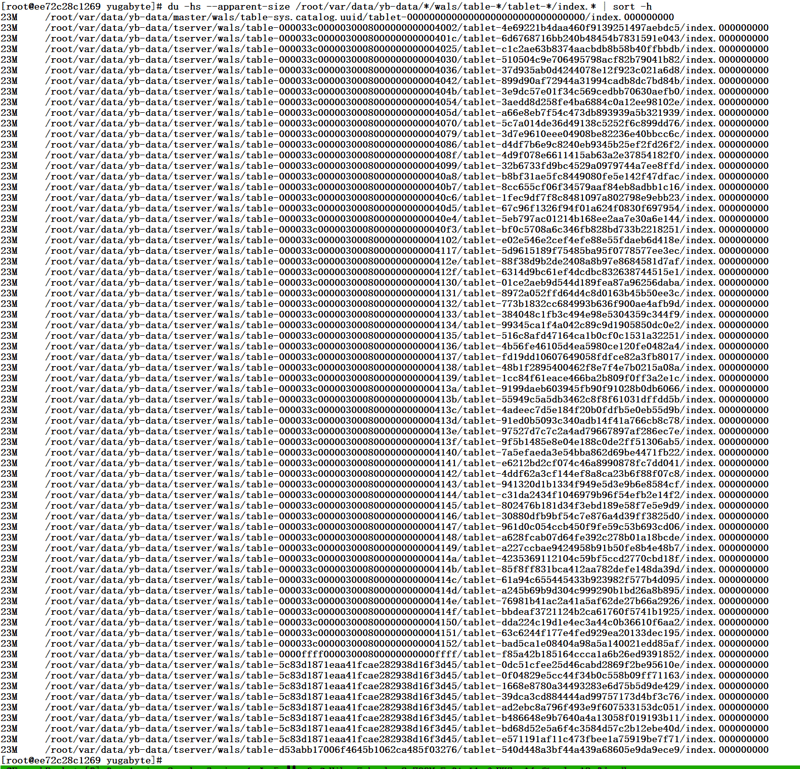Many developers may prioritize aesthetics and functionality over ensuring that their creations are usable by everyone, regardless of ability. Let’s talk about it.
Last week, I was asked as an expert to review and validate a research project that a student will present as his final thesis. He is building a styling framework for informational websites. As I reviewed the student’s proposal in detail, I began to ask him questions about the standards, conventions, and concepts that govern the framework he is building.
When I asked him how his framework handled accessibility, he didn’t know how to answer me. I immediately started explaining to him what accessibility is, its principles, the WAI, WCAG, and some other concepts that are important to make the Web more accessible to everyone.
Later that day, I found myself thinking about how we as developers often prioritize other aspects of our web development over accessibility. But the fact is, according to the OMS, there are over 1 billion people worldwide living with some form of disability. And WebAIM’s 2023 study, which evaluated the home pages of the top 1,000,000 websites, concluded that 96.3% of the home pages were found to be WCAG 2 non-compliant. As a result, neglecting accessibility not only excludes a significant portion of the population, but can also have legal implications in some regions.
So building accessible websites isn’t just the right thing to do, it’s also good business practice that can potentially reach a wider audience. And beyond the fact that many front-end frameworks now include accessibility features and best practices, let’s encourage a shift in front-end development culture to make accessibility a core principle of development practice, not an afterthought.
Do you consider accessibility principles when developing your web applications? When building accessible websites, what resources do you find helpful? Share your thoughts in the comments! And let’s work toward a more inclusive Web for everyone.
To learn more about this topic, in my next post I’ll be sharing accessibility tips so that you can start applying them to your projects, so stay tuned!
Sources:
🔗 The WebAIM Million 2023 Report: https://webaim.org/projects/million/
🔗 OMS Disability Fact Sheet: https://www.who.int/news-room/fact-sheets/detail/disability-and-health
Cover image by Ben Kolde




